BEING the second smallest state in Malaysia by land mass, Penang is home to not only one but two Unesco accolades – the George Town Unesco World Heritage Site status, and the latest recognition, the Penang Hill Biosphere Reserve (PHBR) listing by Unesco under its Man and the Biosphere (MAB) Programme.
The Unesco approval for the PHBR listing during the 33rd Session of the Man and the Biosphere Programme International Coordinating Council (MAB-ICC) in Abuja, Nigeria, on Sept 15, was historical; and it marked a wonderful beginning for Penang.
The Habitat Penang Hill managing director Allen Tan said Penang, now, has both Unesco listings for heritage and culture, as well as environment.
“We have one Unesco accolade that recognises our history, culture and heritage; and another that also recognises Penang as home to wonderful, pristine nature, and natural heritage.
“It is pretty special, especially for a small state like Penang. The PHBR listing will be able to uplift our (Penang Hill and the state) profiles internationally.
“Not only The Habitat Penang Hill, but Penang Hill and the state will benefit from the PHBR listing by Unesco.
“The branding values that come with the listing… and I believe that we have not even realised the full potential of Penang,” Tan told Buletin Mutiara on Oct 29.
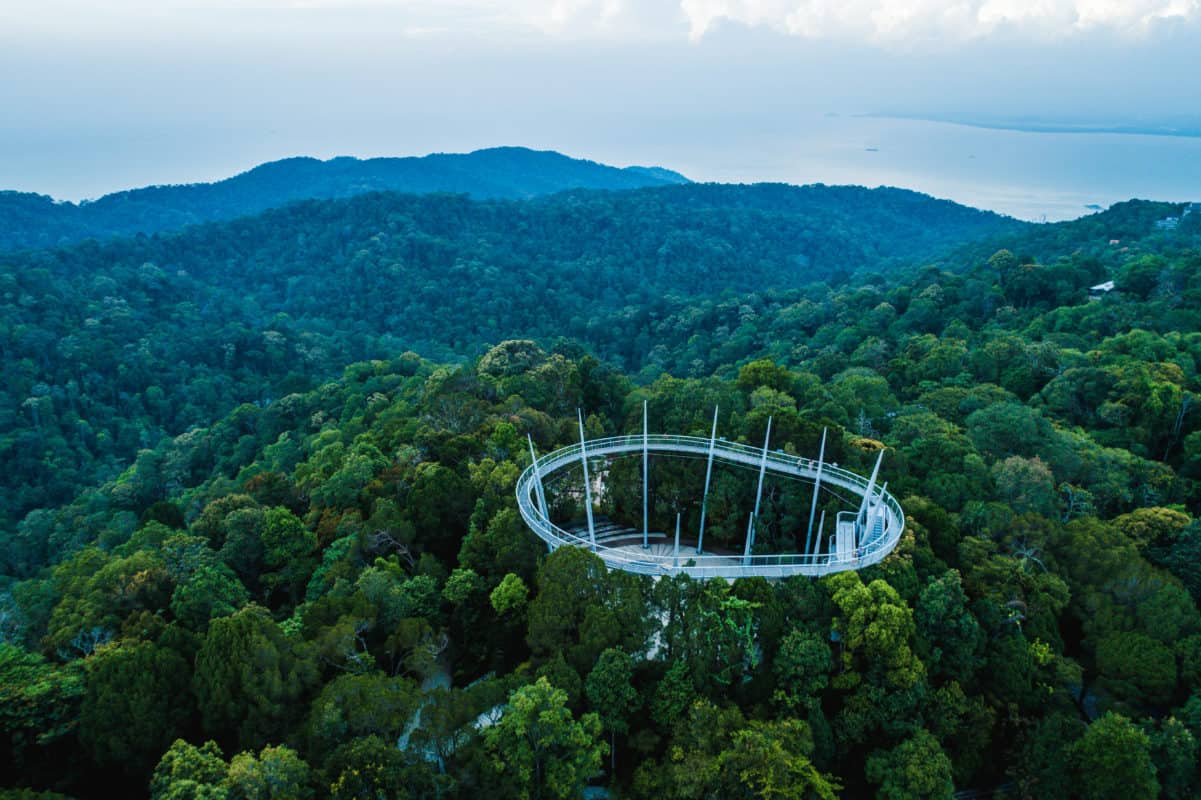
The PHBR encompasses three major ecosystems, namely the terrestrial, marine and coastal ecosystems.
It spans over an area of 12,481 hectares, covering Penang Hill, Penang National Park, Penang Botanic Gardens, Teluk Bahang Dam, Ayer Itam Dam, six permanent forest reserves which are Bukit Kerajaan Forest Reserve, Teluk Bahang Forest Reserve, Laksamana Forest Reserve, Penara Hill Forest Reserve, Highlands Forest Reserve and Pantai Acheh Forest Reserve as well as several water catchment areas on Penang island.
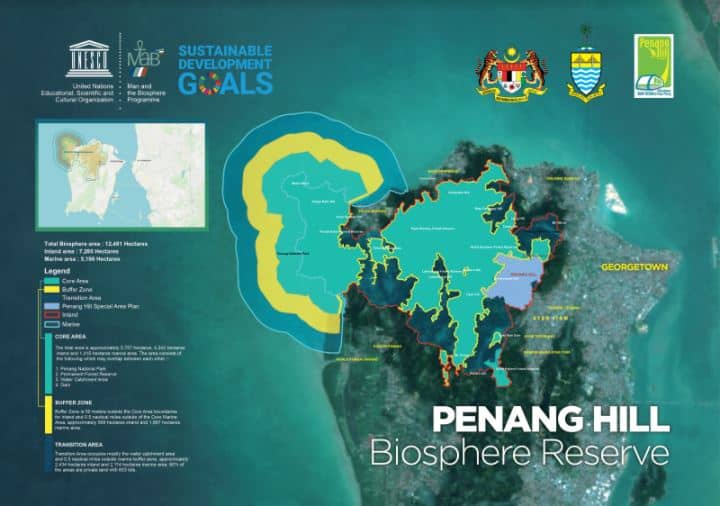
Tan said The Habitat Penang Hill was very honoured to be part of the initiative to nominate the PHBR back in 2016.
“It was a long but rewarding journey for all the stakeholders. Now the real work begins.
“Personally, as a Penang-boy, I am very proud that I was involved in helping Penang obtain a Unesco listing.
“I am very proud that I will be able to tell my son and my grandchildren that I was involved in the Unesco listing for Penang,” he said.
Tan attributed the success of The Habitat Penang Hill to the commitment of its shareholders – the Cockrell family.
“The Cockrell family is a long-time resident of Penang Hill. The family is committed to contribute towards the conservation and sustainability of the environment.
“The family wanted to give back to Penang and the community by first founding and building The Habitat Penang Hill eco-park rainforest discovery centre, and through the work of The Habitat and subsequently The Habitat Foundation, we are now working in the areas of conservation, research, environmental education, sustainability, training, and sustainable tourism.
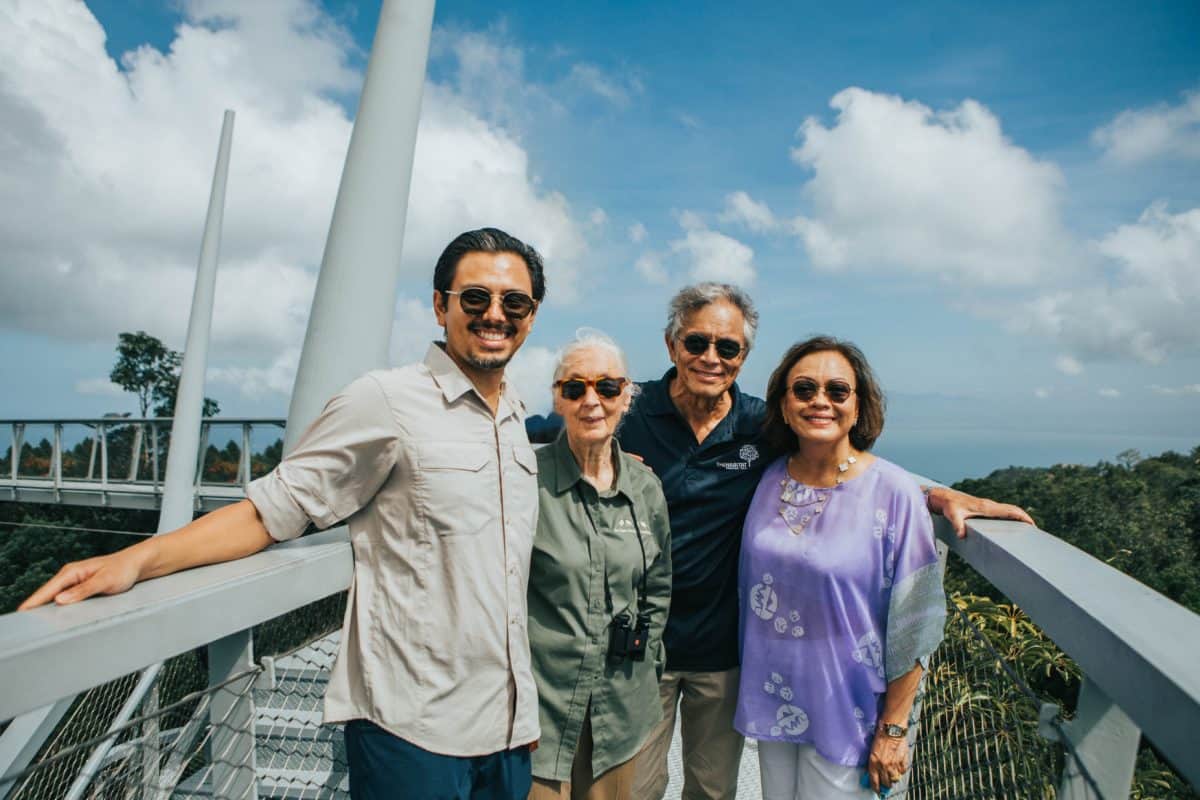
“Our motto is to conserve, educate and inspire. We really want to contribute towards the conservation of biodiversity through research, education, and sustainable tourism. That is our mission,” he said.
Tan added that being the first to bring the idea of a Unesco Biosphere Reserve for Penang Hill to the public forum, was in line with its vision and mission.
On Covid-19 matters, Tan said The Habitat Penang Hill enjoyed one of the best times during the last quarter of 2019 and the first quarter of 2020.
“We were getting about 300 visitors a day on average.
“However, this year has been very tough for us. Due to the support, commitment and generosity of our shareholders, we are able to survive until now, despite only being able to open for less than three months in total this year.
“We are still intact, and we are here to fight for another day. We are ready to welcome back visitors.
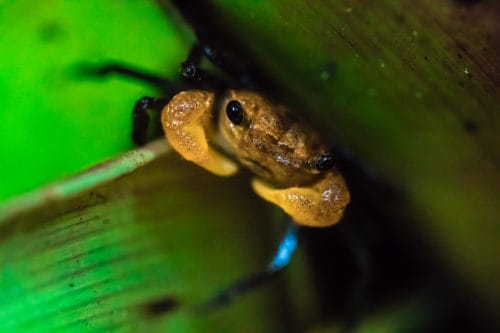
“The lifting of interstate travel has been a great help, considering that we have to rely 100% on the domestic market,” he said.
Tan said that international tourists made up about 50% of the total number of visitors to The Habitat Penang Hill in 2019.
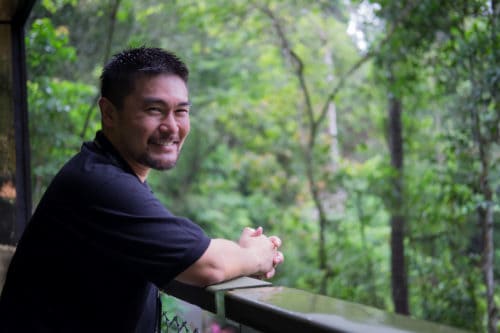
“The adjustment has been challenging. We are looking forward to the lifting of Malaysia-Singapore travel restrictions. I believe that it will be a great boon for Penang and of course, Malaysia.
“We expect to end 2021 with a loss but we are looking forward to better days in 2022,” he said.
He added that The Habitat Penang Hill is looking for opportunities to expand its brand in and outside Penang.
“We believe that sustainable eco-tourism is the way of the now and the future. It is not an option anymore.
“We have to put the environment at the centre of everything we do. We believe that we have chosen the right path and are on the right track as a Group and as a business,” Tan said.
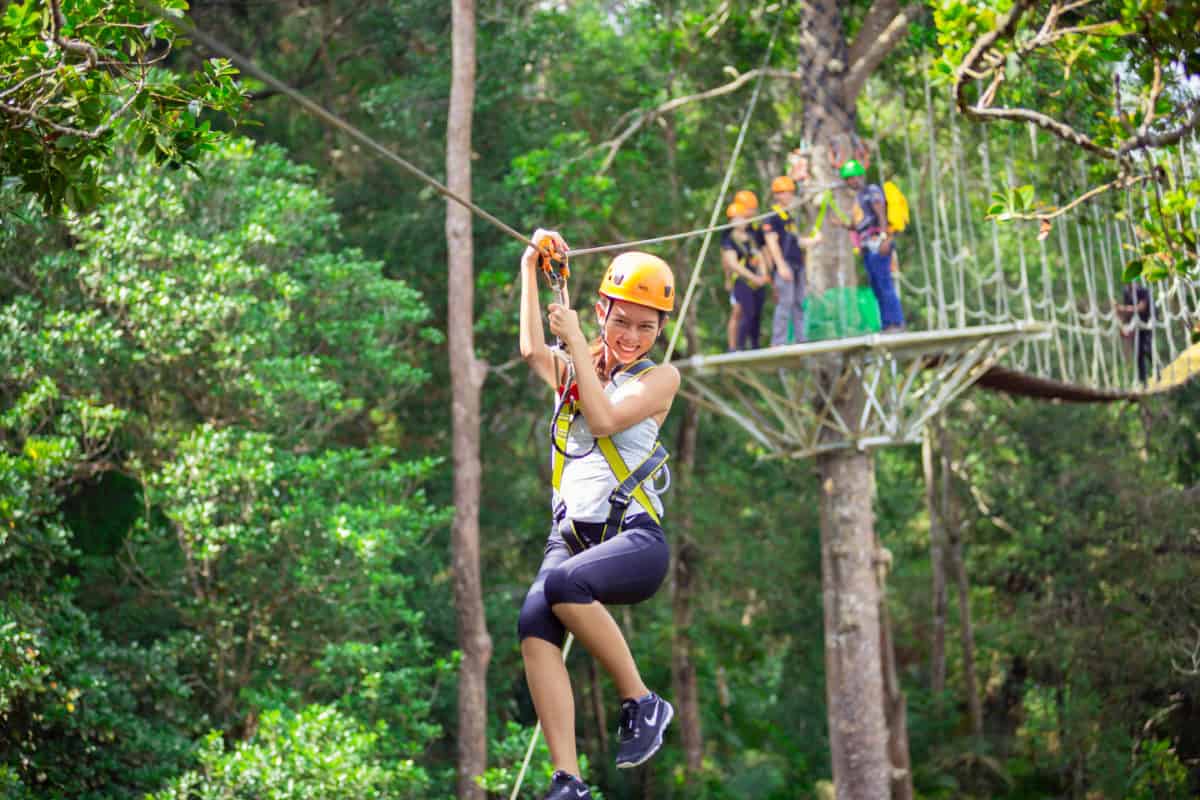
As a closing note, Tan said Penang is very special.
“Geographically, historically, and the quality of life that we enjoy in Penang, this state is really special. We have been exemplary to others, and we have the potential to be a major secondary city in a wider region and not just Malaysia.
“It is just a matter of staying ahead of the game and being forward-thinking, which we have always been able to do as a state since the 1970s.
“We can continue to do that. I truly believe in Penang’s potential,” he added.
Story by Christopher Tan
Pix courtesy of The Habitat Penang Hill

